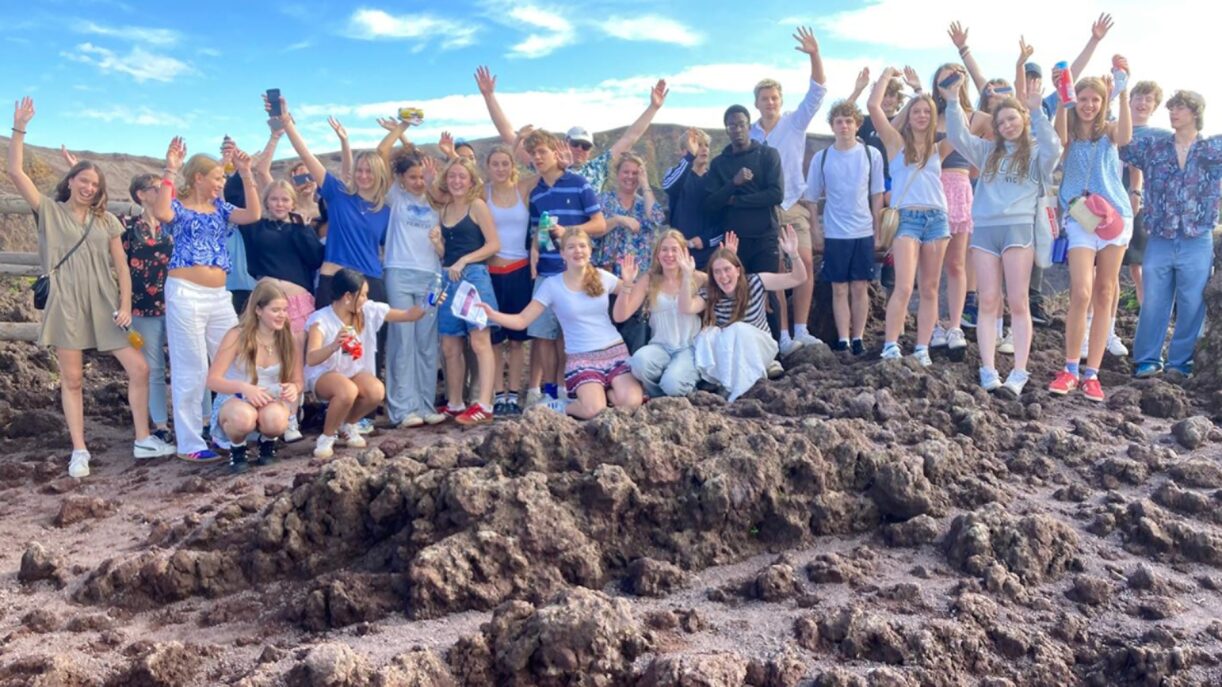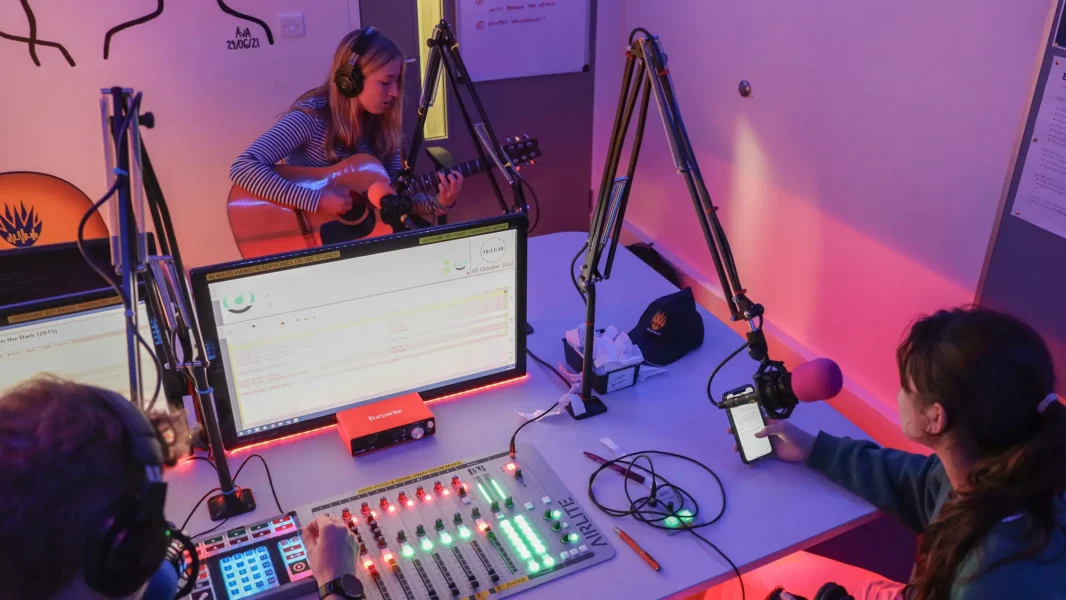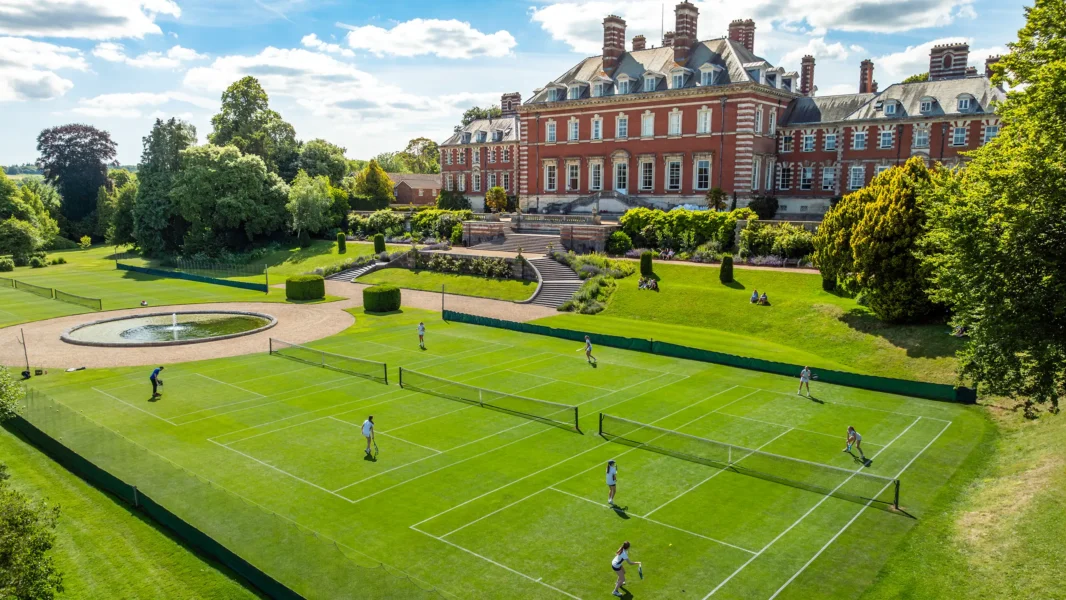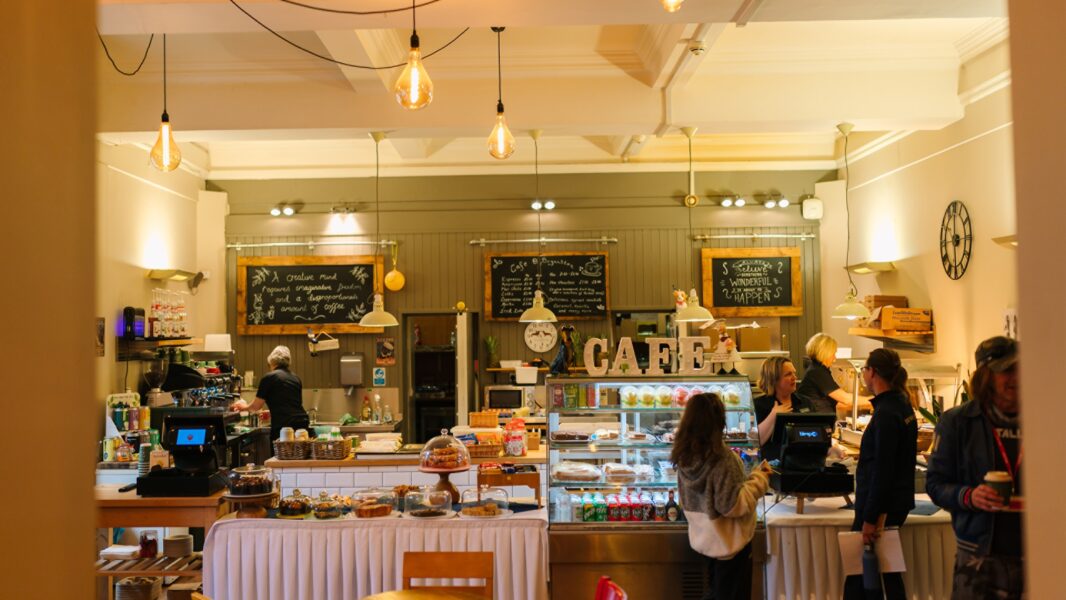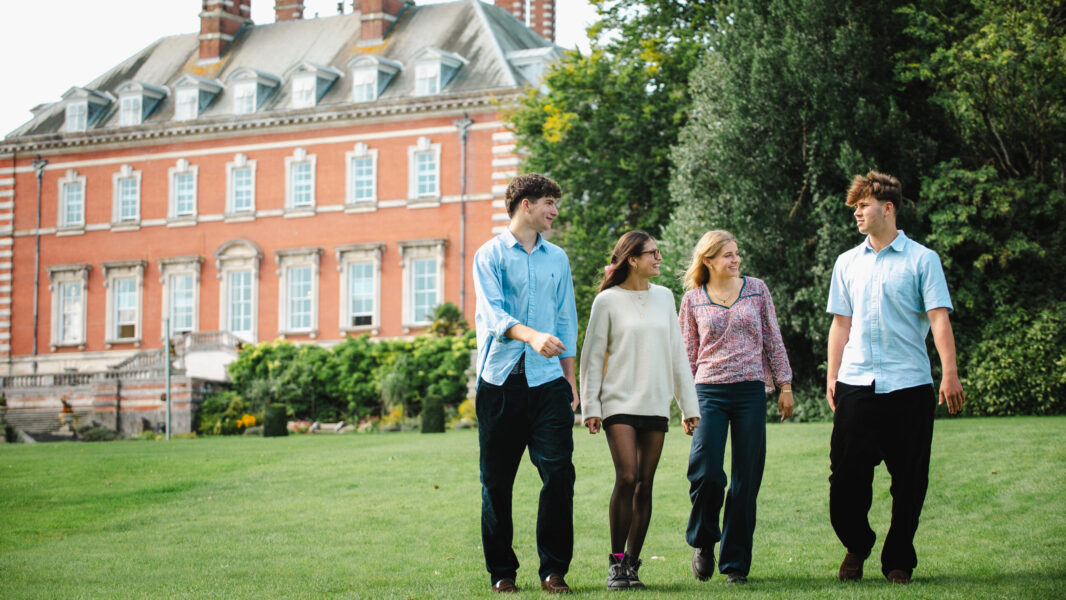In our latest blog post, Dr Ben Pullan, Head of Classics, reflects on the value of Classics in a modern world, fresh from returning from a trip to Naples with our Latin, Greek and Classical Civilisation pupils in Year 11 (B) and in Year 10 (C).
Whilst it is something of a cliché, it is unquestionably true that the foundations of Western society – of its culture, art, architecture and political systems – lie in the Classical world of Ancient Greece and Rome. Over half term, I have had this reminded to me in a particularly striking manner by two European adventures, firstly Bryanston’s biennial GCSE Classics trip to the Bay of Naples, and secondly a more personal get-away to take in the artistic marvels of Renaissance Florence.
The first trip, a whistle-stop tour of the best ancient sites of the Bay of Naples, offered to all students of Latin, Greek and Classical Civilisation in Year 10 (Cs) and Year 11 (Bs) at Bryanston, is a real highlight of our Classics provision at the School. The 2024 iteration of it was no exception; over four jam-packed days, thirty-one pupils had the opportunity to take in the treasures of the National Archaeological Museum of Naples, before visiting the spectacular sites of Pompeii, Herculaneum and the villas of Oplontis and Arianna.
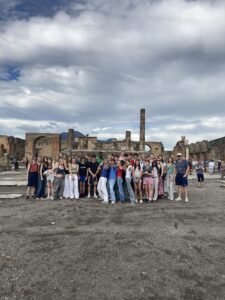
The ability to ‘live’ the subject by walking in the footsteps of the ancients is a particularly special aspect of studying Classics, and is something that we are completely committed to providing at Bryanston; in addition to this Naples trip, we offer our biennial sixth-form trip to Greece.
As they walked the cobbled streets of Pompeii, our pupils were enraptured by a world that, despite its age, time and again presented moments of deep familiarity with all walks of modern-day life. In addition to the grandiose temples, theatres, and stunningly decorated villas, there was the more mundane: the graffiti, such as perhaps the oldest example of that under-the-desk classic, ‘Gaius Pumidius Diphilus was ‘ere’; stepping stones crossing the paved streets to ensure safe passage in wet weather; and all manner of shops – from bakers, to butchers, to takeaway joints.
Our pupils also had to come face to face with the timelessness of death. It is a great irony that it is on account of the completely destructive nature of the 79AD eruption of Vesuvius that we have such a vivid snapshot into this fascinating moment in human history.
Studying contemporaneous literature in the classroom, such as Pliny the Younger’s eyewitness account of Vesuvius’ ‘umbrella-pine-like’ ash cloud and recollection of the heroic death of his uncle, Pliny the Elder, provides a window into events of those fateful days, but seeing first-hand the agonised expressions of the plaster casts at Pompeii or the skeletons of those trapped in the boathouse of Herculaneum – the rest of their bodies vaporised by the intense heat of a pyroclastic flow – confronts one with the true horror of experiencing them.
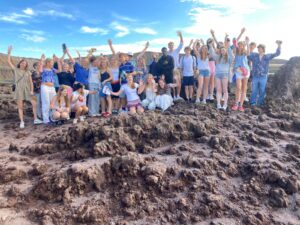
To complete our trip, we hiked up the cause of it all, Vesuvius, still looming large over the entirety of the bay despite centuries of self-destruction via frequent eruption. This reminded us of the uneasy relationship between humankind and Mother Nature.
During the course of our adventure, our pupils had been constantly alarmed by the population density of such a seemingly treacherous area, and now our guide confirmed to us that some 700,000 people currently reside within the ‘death zone’ of the volcano, and that the next eruption is due soon. Perhaps, paradoxically, the most timeless truth about humanity that we learnt from our time in Naples is our reluctance to learn our lessons from history.
Having barely emptied the last grains of Neapolitan dust out of my shoes, I once again found myself confronted by the remarkable influence of Ancient Greece and Rome over Western civilisation, this time in the contrasting surroundings of Renaissance Florence. It seems obvious, but, without the Classical, there could be no Renaissance, and its influence over the sculpture and architecture of that period’s ‘birthplace’ can be seen at every turn.
The Uffizi gallery presents the integral relationship between these two seminal periods in Western human history particularly well on its second floor by juxtaposing the original Roman and Greek masterpieces with those of the Renaissance artists that were so indebted to them.
The influence of the Classical over perhaps the greatest of that illustrious group, Sandro Botticelli, is well known (The Birth of Venus, anyone?), but positioned next to that magnum opus is a smaller, less-eye-catching piece by the same artist. Botticelli’s Calumny presents an allegory about the dangers of slander. In it, the donkey-eared king, Midas, is being advised by the personified vices of ‘Ignorance’ and ‘Suspicion’, as ‘Calumny’ (slander) presents her victim. ‘Truth’, depicted naked, stands apart, looking to the sky in despair. Even by Botticelli’s masterful standards, the scene is extraordinarily detailed; Midas’ grand hallway is bedecked by a golden frieze showing scenes from Greek mythology so vivid that it could have come straight from the Parthenon or Temple of Zeus at Olympia of the fifth century BC.
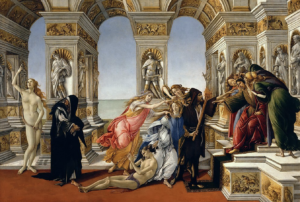
An explanation for this detail is provided by the extraordinary back-story to Botticelli’s Calumny. For the Renaissance master was by no means the first to have attempted to depict its subject matter. One needs to go all the way back to the fourth century BC, and Ionia (western Asia Minor), to find the genesis of this painting. Whilst none of his original work survives, we know from descriptions of them in literature (ekphraseis) that Apelles of Cos must have been a complete artistic genius. He also must be one of the most copied artists in history; not four days prior to my moment in the Uffizi, I had found myself awestruck by another, much earlier imitation of one of his works: the famous one-and-a-half-million-piece Alexander Mosaic of the House of the Faun in Pompeii, a masterpiece of its own genre in its own right, now safely housed in the National Archaeological Museum of Naples.
Returning to the Uffizi, drawn to this small but strikingly detailed painting of clearly Classical origin and subject matter, dwarfed by its neighbour, the Birth of Venus, I was fascinated to find out that Botticelli had modelled his own Calumny on an ekphrasis by the Hellenistic rhetorician Lucian describing a work of the same name by Apelles. Further inquiry revealed that Lucian’s Greek works were translated into Latin (and therefore made readily accessible) for the first time in the early fifteenth century, allowing attempted recreation of Apelles’ Classical masterpiece to become something of a rite of passage for aspiring Renaissance artists — Botticelli’s undoubtedly successful effort was neither the first nor the last.
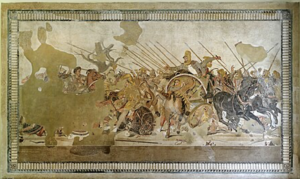
This and countless other encounters like it in Renaissance Florence reminded me of the immeasurable influence of the Classical over everything that follows, whether that be Danté’s famed indebtedness to Virgil, or that of Michelangelo to his Greek and Roman predecessors. Similarly to my experiences in Naples, my encounter with Botticelli’s painting and its back-story once again confirmed to me the absolute importance of keeping Classical subjects right at the heart of any school curriculum worth its salt — something that is unfortunately not being upheld nationally.
The hope for the subject induced by a promising resurgence of aspects of it in some state schools has been tempered severely by recent cuts to it across its traditional bastion of the independent sector, no doubt the result of increasing financial pressure on smaller departments. The area of Classics seemingly most under threat is its beating heart, study of the ancient languages themselves, providing as they do both the most direct route to accessing the ancient world from the classroom, and unparalleled intellectual rigour.
Thankfully, at Bryanston, whilst other schools are allowing Latin to slip by the wayside, we are committed to continuing to offer it to our pupils all the way up to A Level. I truly hope that we are not fighting against the tide. If this knowledge is allowed to be lost forever, we will undoubtedly lose a little bit of our human identity.
By Dr Ben Pullan
All pupils are given the opportunity to try Latin in Year 9 (D) and if they enjoy the subject, they are able to take it and its counterpart – Classical Greek – at GCSE. If the pupil is more interested in the culture and history of the Ancient World than the languages, they are able to move in the direction of Classical Civilisation and opt to study this at GCSE.
Our twin-pathway approach continues into Sixth Form. Pupils of Latin or Classical Greek A Level are given the opportunity to build on the linguistic skills that they have acquired at GCSE, to the extent that, by the end of their courses, they are able to translate with fluency works from a wide array of Classical authors.
To gain a full appreciation of the Ancient World, one has to get out of the classroom. Therefore, we offer two international educational visits to all Classicists during their time at Bryanston: to Naples at GCSE level, and to Greece in the Sixth Form.
We are also lucky to have our Greek Theatre, a pioneering project of the School in the 1950s, which plays host to a wealth of events over the course of the year, including Classical storytelling and productions.
